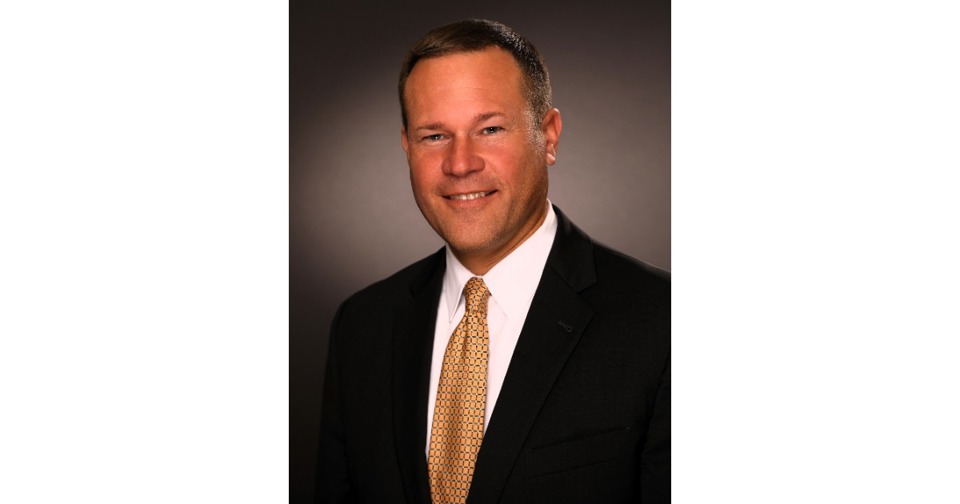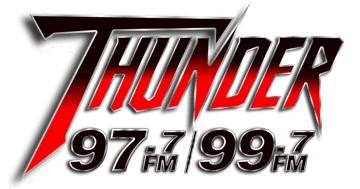Nebraska’s Tax Burden Threatens Future Growth

Think about the positive news emerging from the Cornhusker State.
Nebraska has been ranked the third-best state by U.S. News and World Report, including No. 3 for fiscal stability.
Nebraska also recently boasted one of the nation’s best economies, with a real GDP growth rate of 5.2% in 2023.
And Grand Island’s ranking as one the top U.S. metro areas for economic indicators and economic strength has made statewide headlines.
But Nebraska also faces obstacles that threaten future growth, talent attraction, and job creation. One of those is the tax burden, which is one of the 15 worst in the U.S. according to WalletHub.
Nebraska’s Tax Structure
To reduce Nebraska’s overall tax burden, we must first understand our tax structure.
We often hear about the “three-legged stool,” but Nebraska’s tax system is actually two-tiered. The state collects income and sales taxes, while local government — mostly school districts, counties, and cities — imposes property taxes (and a small sales tax rate, in many cases).
Unable to control local spending, the Legislature for many years now has opted to redistribute state taxpayer dollars in the form of a complex property tax credit, hoping this would lower the local tax load. Meanwhile, the overall tax burden has gone unchecked.
State Vs. Local Taxes
The use of state taxpayer dollars to subsidize the local tax burden may not be the wisest approach. Here’s why:
State income taxes, both personal and corporate — in addition to state sales taxes — took in roughly $7.1 billion in 2023. That is up 76% from 2015, just eight years earlier.
Local property taxes took in about $5.3 billion in 2023, up 39% over the same eight-year period. Remember, agricultural land is assessed at 75% of market value, rather than the 100% valuation imposed on other real property.
We are left with a $1.5 billion-plus imbalance between the major local and state tax bills.
This is why the chamber of commerce community — including the Grand Island Chamber — opposes plans to hike the state sales tax rate, or impose a 7.5% advertising tax on small business, or tax business inputs. These actions would put Nebraska businesses at a disadvantage nationally, while also failing to address the overall tax load.
Tax Relief Tenets
As state and local leaders continue to examine our tax structure, two principles must remain front and center:Taxes are a direct result of government spending. Gov. Jim Pillen has noted that even during a period of deflation, many government entities authorized annual spending increases of 5% or 6%. Meanwhile, Nebraska is fourth in the U.S. for the total number of government employees per capita.
Tax shifts are not tax relief. Time and again, we have seen that the use of state funds to subsidize local tax bills does not lower Nebraska’s overall tax burden. These tax swaps do, however, distort transparency.
The Grand Island Chamber’s public policy agenda offers these recommendations:
- Explore consolidation of local government functions;
- Ensure Nebraska receives its share of federal dollars; and
- End unfunded government mandates. (Around 22% of county costs come from unfunded mandates, according to Gov. Pillen.)
Finally, Nebraska must steer clear of the proposed EPIC tax plan, which would inflict an estimated 22% consumption tax rate on businesses and consumers. The GI Chamber opposes EPIC because it’s anti-growth and would likely decimate our economy.
State and local officials need to work in concert to devise a more thoughtful tax system, allowing individuals and businesses to keep more of their own money. The chamber community stands ready to help achieve this critical mission.
